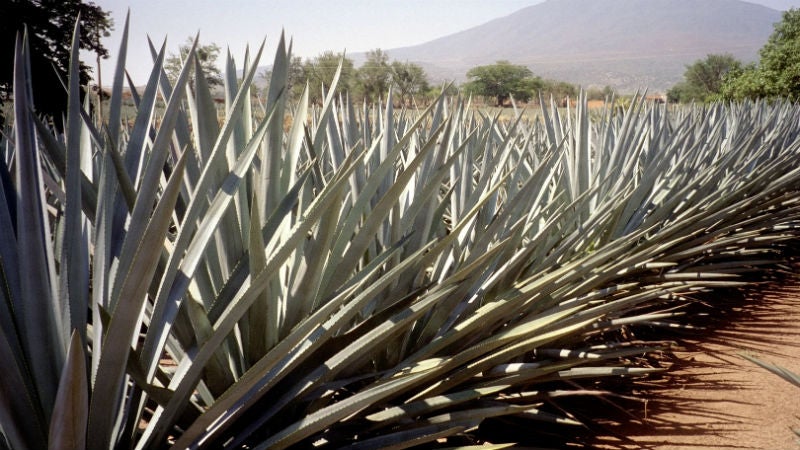A group of Stanford University researchers may have to celebrate with a round of for their work on, well, tequila sunrises. Kind of.
Solar technology in the desert is tough—dust from sand collects on the panels, which require frequent washings using the dry climate’s precious water. But now scientists have modeled a co-location plan that will benefit both solar energy and agave plants, according to a study .
With this plan, the water used to wash the panels goes toward growing desert-friendly plants such as agave and aloe. The result? Tequila—and a more efficient biofuel source. A “high-yield” scenario would require only 0.42 liters of water to produce one megajoule of energy, �������ǰ��ٲ�.��
This isn’t the first time growers have combined solar power and agricultural production. A similar research farm exists at the University of Massachusetts, and Fukushima’s “Renewable Energy Village” beneath a solar-panel installation.
“It could be a win-win situation,” postdoctoral researcher and study leader said in a press release. “Water is already limited in many areas and could be a major constraint in the future. This approach could allow us to produce energy and agriculture with the same water.”


